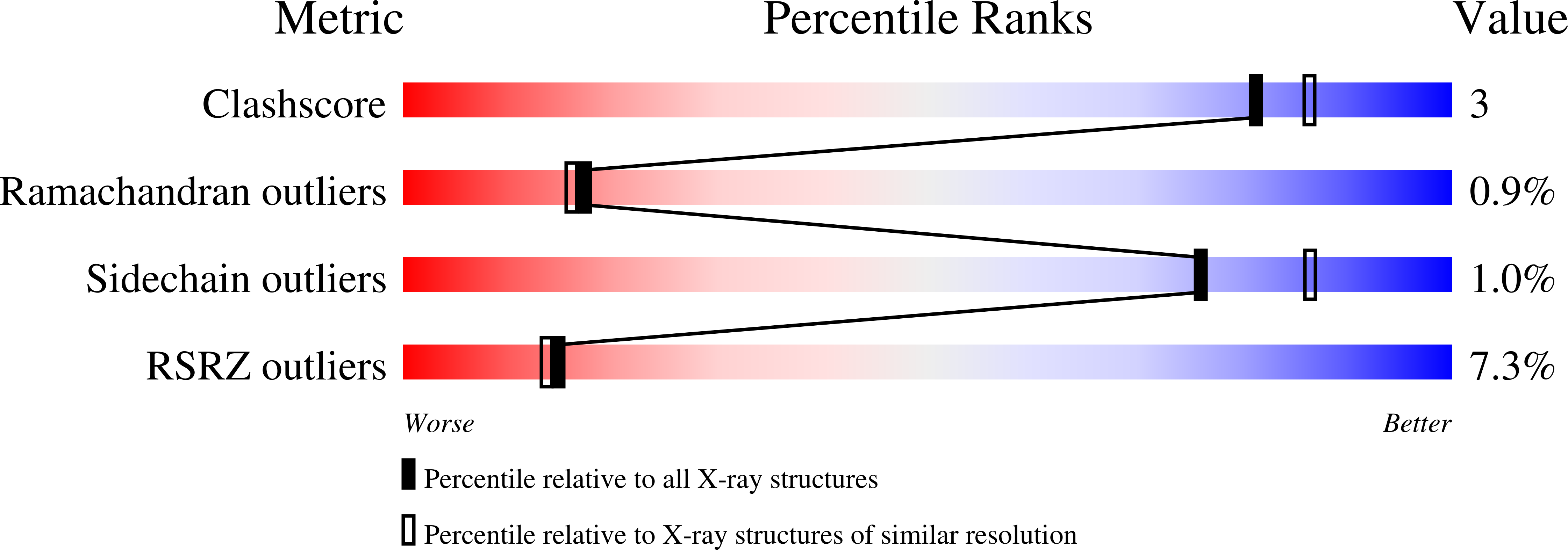
Deposition Date
1997-07-29
Release Date
1998-02-04
Last Version Date
2024-11-06
Entry Detail
PDB ID:
1AQE
Keywords:
Title:
CRYSTAL STRUCTURE OF THE Y73E MUTANT OF CYTOCHROME C OF CLASS III (AMBLER) 26 KD
Biological Source:
Source Organism:
Desulfomicrobium norvegicum (Taxon ID: 52561)
Host Organism:
Method Details:
Experimental Method:
Resolution:
2.20 Å
R-Value Free:
0.23
R-Value Work:
0.17
R-Value Observed:
0.17
Space Group:
P 31 2 1


